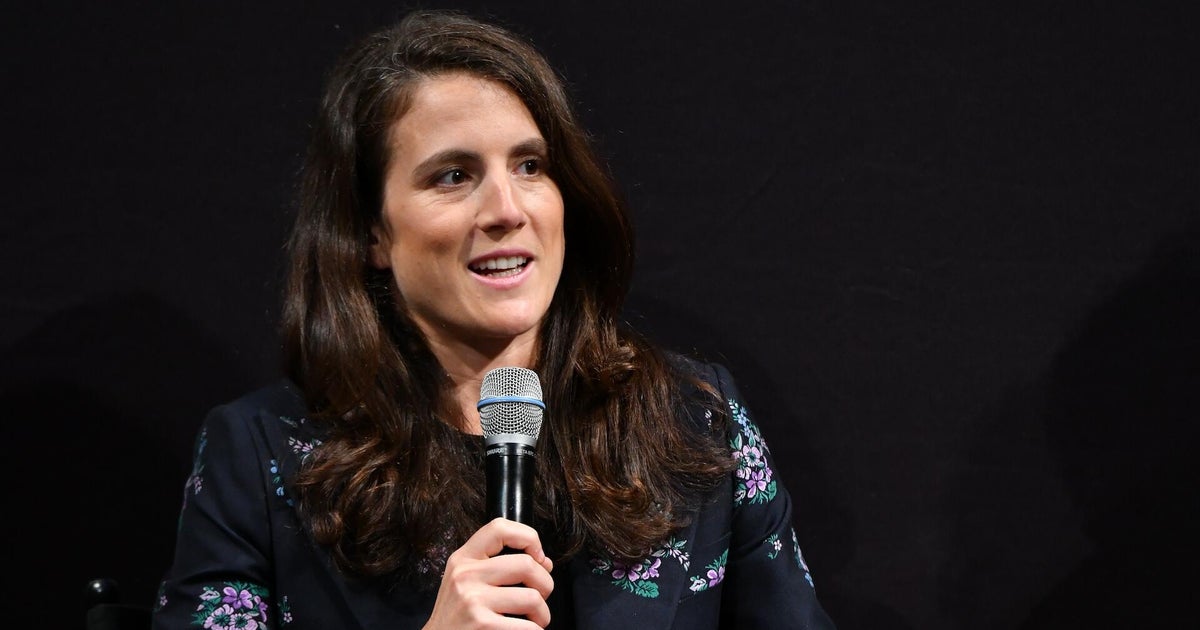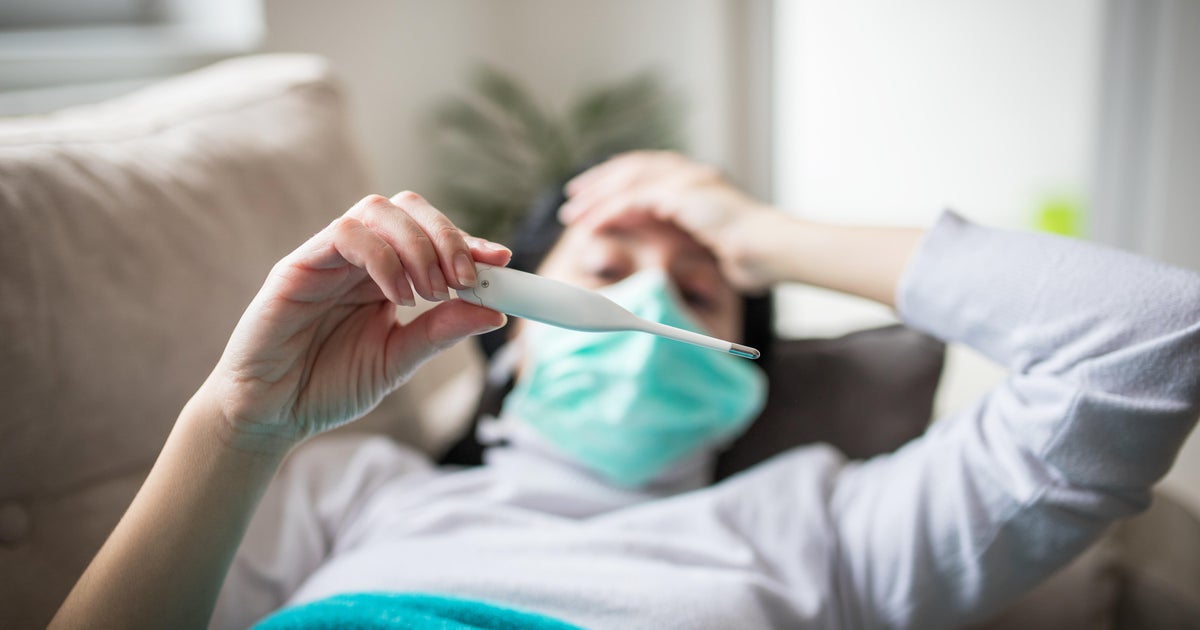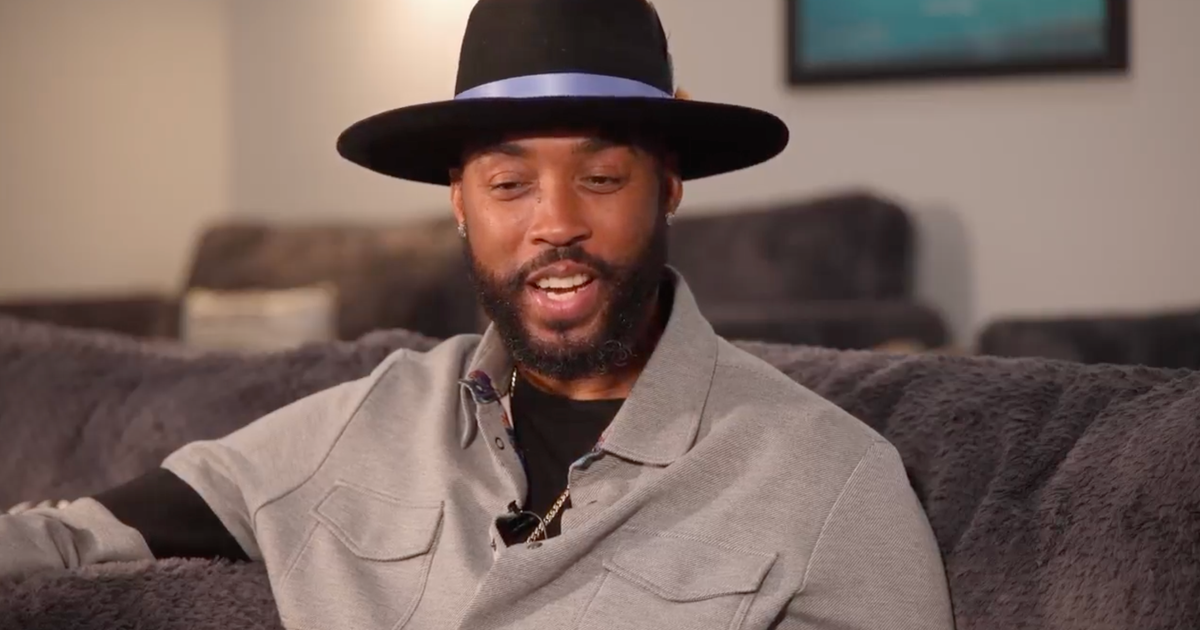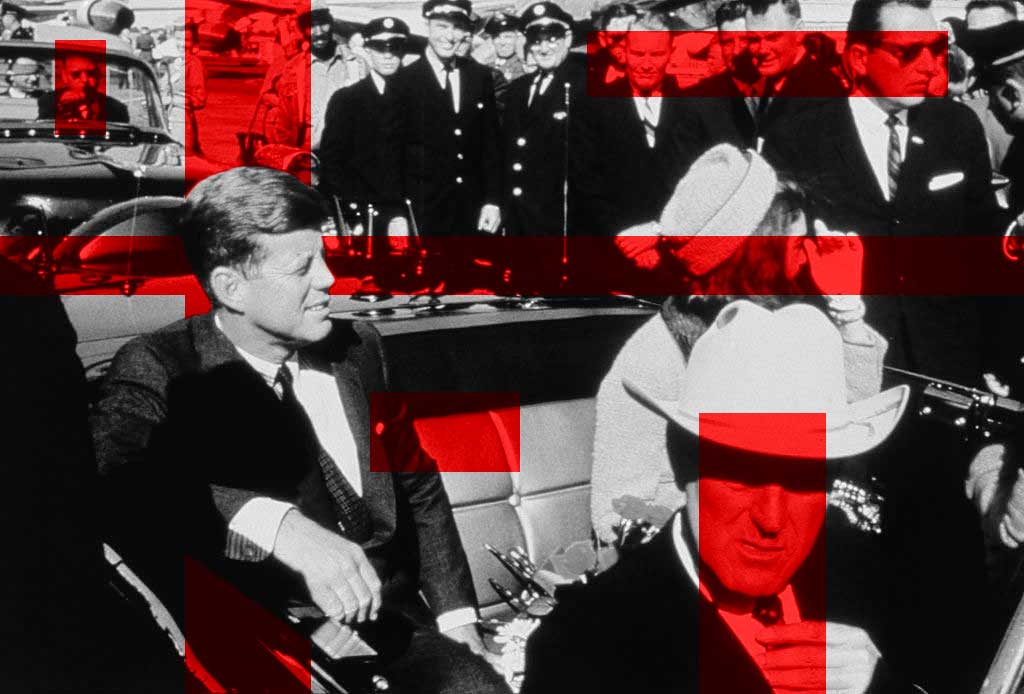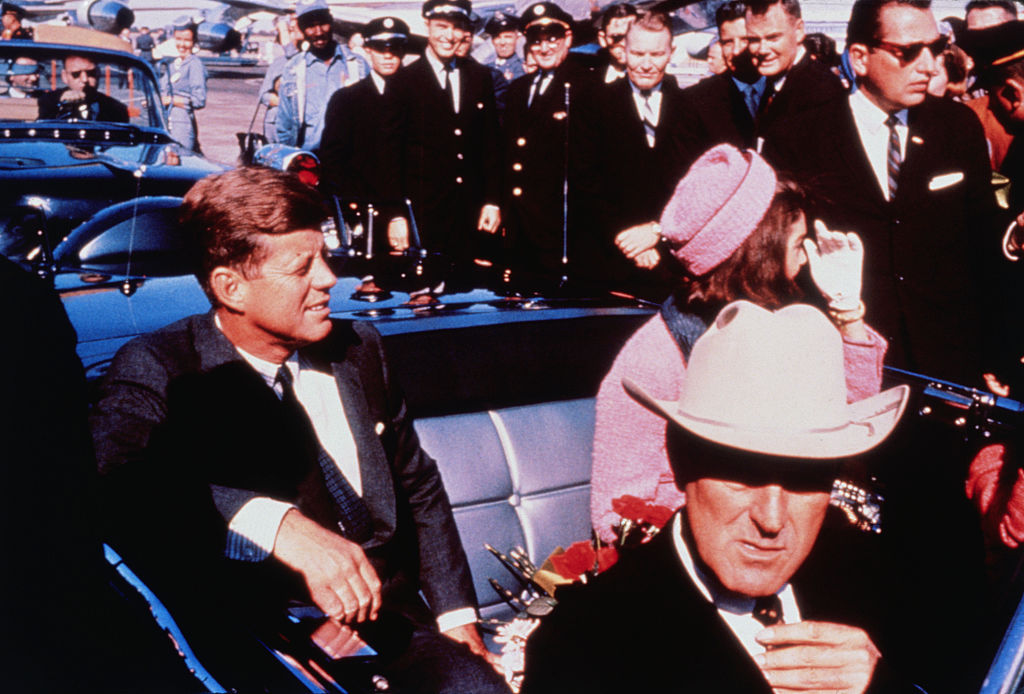JFK's E.R. doctors share new assassination details
Jacquelynn Lueth is executive producer of the new Paramount+ Original documentary, "JFK: What the Doctors Saw," which brings to light stunning revelations from doctors who were in the E.R. on the day of President John F. Kennedy's assassination. Stream it now on Paramount+.
November 22, 1963, is a date defined by I will never forget. Sent home from school alone, frightened and attached to the TV, the day unfolded before me that even by today's standards was too much, too fast and too sad to grasp the entirety of what went down.
My commitment to understanding it moved from passive to active many years later when Dr. Lawrence Klein, one of my personal physicians introduced to me by by mom, told me that on Nov. 22, 1963, he was a third-year medical student at UT Southwestern, doing a rotation at Parkland Memorial Hospital, and was in the emergency room when President John F. Kennedy was brought in. His hope was that his recollection, a shared moment in history, could be recorded as part of his legacy for his grandchildren.
At first, we talked about his role, taking the president into Trauma Room One, alerting the chief of neurosurgery, and wheeling wounded Texas Governor John Connolly on what would become the "magic bullet" gurney. As my background is in television, our talk quickly moved from an idea for a book to a documentary and a plan to contact the other surviving doctors who were in the ER that day. At that point, I had no preconceived perceptions or theories. With the luxury of more than 50 years of data and testimony, my research I began in the present and I worked my way backwards.
I videotaped interviews with seven of the doctors. We reached out to Dr. Malcom Perry, the attending surgeon in charge, and Dr. Kemp Clark, the chief of neurosurgery, but due to health issues neither was able to participate. The interviews were conducted individually and then I brought them together as a group. It was the first time since the day of the assassination that they had been reunited.
Their recollections were precise and clear, as if the intervening decades had melted away. Each of them reacted strongly when the autopsy pictures were projected on a screen. They didn't agree on everything, but it became obvious that the way the president looked at Parkland did not match the autopsy photos taken at Bethesda even before the official autopsy began.
Besides the doctors, I did several other interviews. Among these were Jim Jenkins, the only surviving member of the autopsy team, whose observations I wanted to compare with those of the Parkland doctors, and also Robert Tanenbaum, the original deputy chief counsel for the House Select Committee on Assassinations, who helped clarify what was told and not told to the public. He quit the committee because he felt they weren't conducting a real search for truth.
My husband, Bill Garnet, and I have continued our research for over 15 years, which has led us to the following conclusions: The doctors at Parkland had extensive experience in treating gunshot wounds and had no agenda other than trying to save the president's life. Those who saw the wound in the president's neck believed it was an entrance wound. Several of them saw a gaping hole in the back of JFK's head.
The government did everything it could do to negate, intimidate and threaten the Parkland doctors because their observations contradicted the single "magic bullet" theory of the Warren Commission. Based on this, I concluded that there had been a cover-up and the public had not been told the truth.
